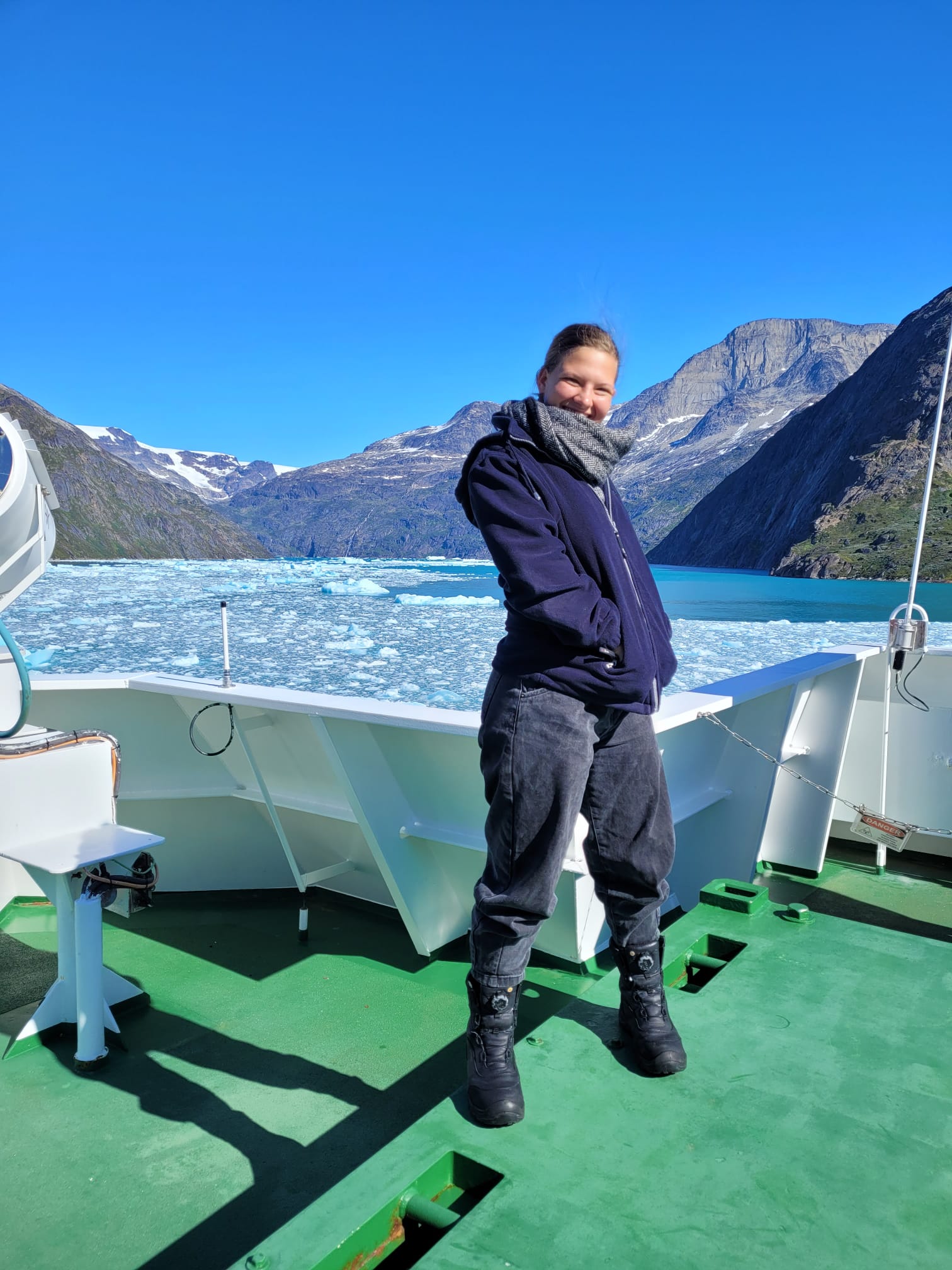
Imagine you are living in a city where it typically rains a lot, the skies tend to be grey, and a dry heaven combined with a single sunbeam breaking through is considered “good weather”. That´s Kiel for you. The city where I, Lisa, have been living since September, with the perfect timing to get a glimpse of how nice life at the Baltic could be, but mostly experiencing soggy and frosty winter months. I came here to be part of the Biological Oceanography Master´s program, taught at GEOMAR, and while our studies never get boring, dreams of taking a swim in the fjord in the morning before class and exciting field work out in the sun is what kept me going.
Now imagine it is June, sunbeams breaking through the clouds become more frequent, the second semester of hard work is nearing its end, and the only thing between a beautiful summer with concerts and beach days are a few lousy exams. The dream so close, I can almost taste it. Or so I thought.
Well, it would have been, if there hadn´t been a very unexpected email mid-june, informing me of the slightest possibility of joining a cruise to the arctic, scheduled to set sails in about 3,5 weeks. While I have never been particularly fond of the cold, joining a research cruise that lasts longer than the typical two weeks the Alkor is meandering about the Baltic has been something I wanted to do for a long time! And as these projects are usually planned two or more years in advance, getting to be part of one so soon was something I never would have imagined. Well, my pestering the head scientists of the Littorina with questions about long-term cruises and whether he knew about any opportunities to apply for whenever we went on the monthly KBP cruise might have had something to do with it.
Anyways, after 10 days of anxiously waiting, whether Greenland would send an observer to the cruise after all (as sometimes they want to make sure that none of the wildlife is harmed in the process of the cruise or sampling), finally received confirmation. With barely two weeks to spare to pack, prepare, and wrap up any lose ends of my classes, my departure to Iceland was quite hectic and without a plan. I certainly didn´t know what I was getting myself into.
Being part of a monthly timeseries sampling a station near Kiel with the small vessel Littorina, I am somewhat trained for taking water samples of various parameters from the Niskinbottles of a CTD-device. However, as these are day-cruises only, this is nothing compared to the life aboard a larger vessel that is operating around the clock.
While hydroacoustic surveys are being run at night, CTDs take place mostly during the day. I found myself to be part of the sampling team, collecting water samples from 24 different depth layers that are subsequently being tested for various parameters. It might sound as easy as filling a glass of water from the tap, but when collecting our samples there are many things that need to be considered, like which samples would need to be filled through special filters, which ones need to be bubble-free, which ones need to be protected from the light…. And after all, not a single drop of water may be wasted, as every drop is used in some way if possible. Once this is done, all the samples are processed further. Together with the rest of the filtering team, I take part in the biological testing. Specifically, I am filtering water through glass fiber filters, which are later on analyzed for the amount of chlorophyll a and particulate organic matter (POC) that they contain. The distributions of these particles across the water column will later give information about e.g. algae blooms in the fjords, which in turn allow conclusions about the productivity and such. The task itself – placing filters into the filtration rack, inverting my water bottles a few times before adding the water to the set-up and making sure the pump is running smoothly – is easy enough. The real challenge is to process all the samples of one station before the next one is reached. As I learned, the data we collect is most valuable, if all stations of an area are sampled within short timespans, so the results of each depth layer can be properly compared with each other. Working together as a team, we do our best to prevail and overcome the sheer water masses flowing through our lab every day. Not only metaphorically, but also quite literally – during our first test-stations the floor had to be mopped quite regularly. Although the spilling has stopped by now, our lab definitely has the cleanest floors, and no one can convince me otherwise!